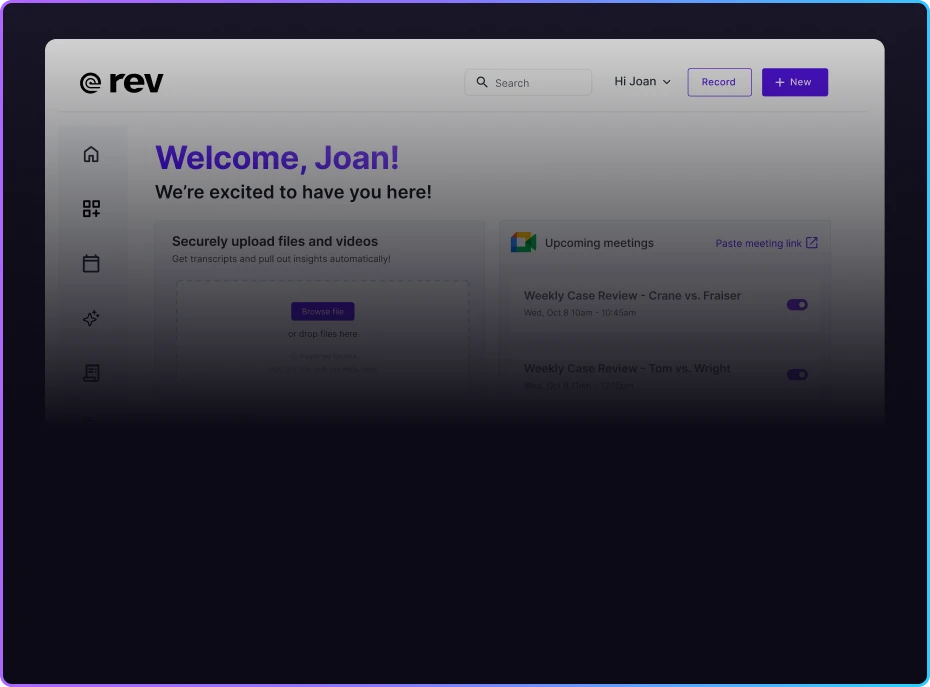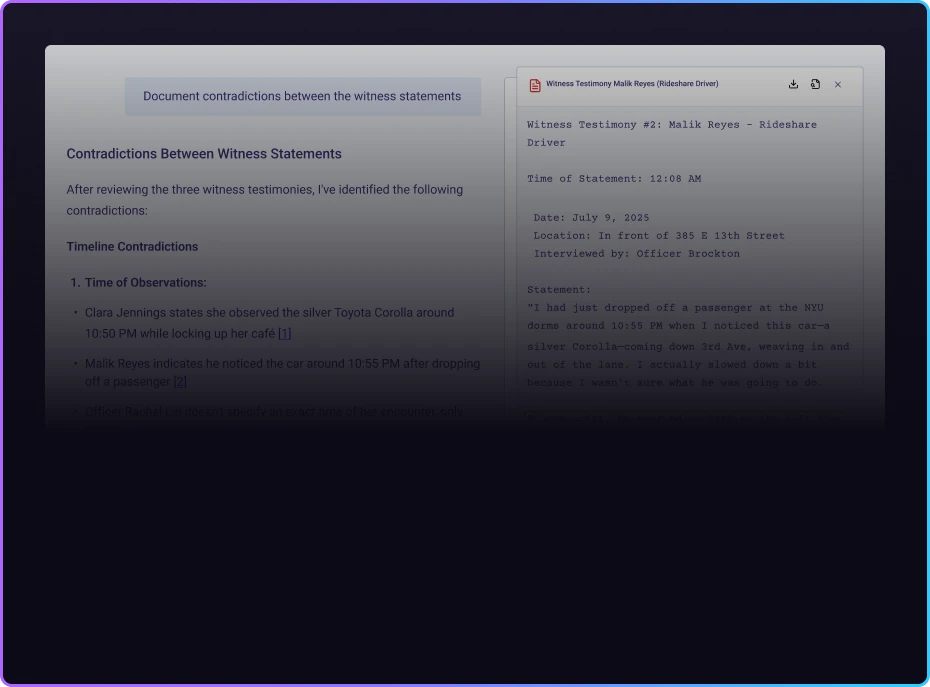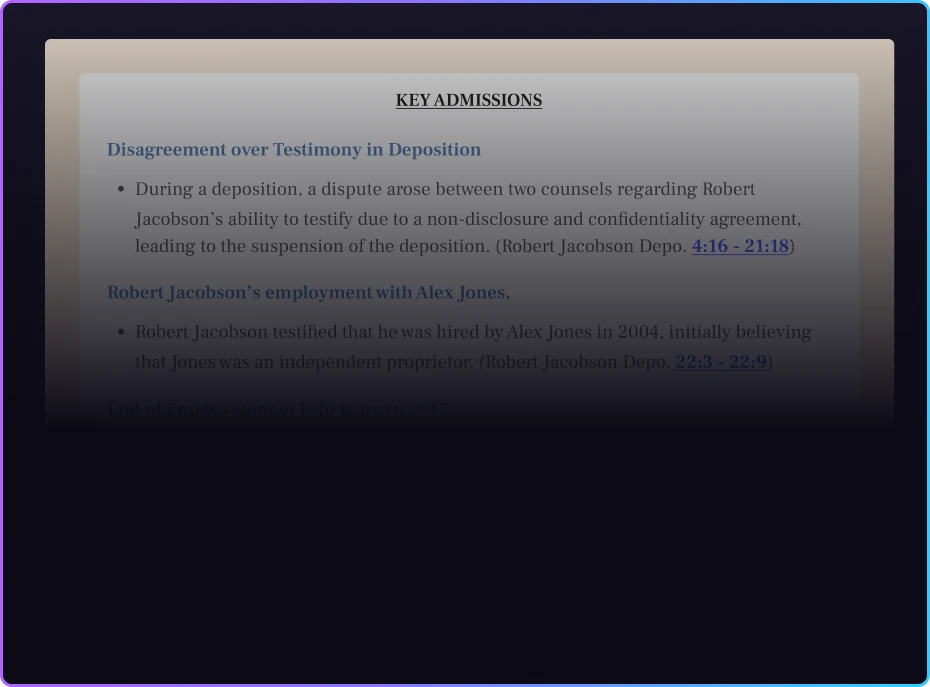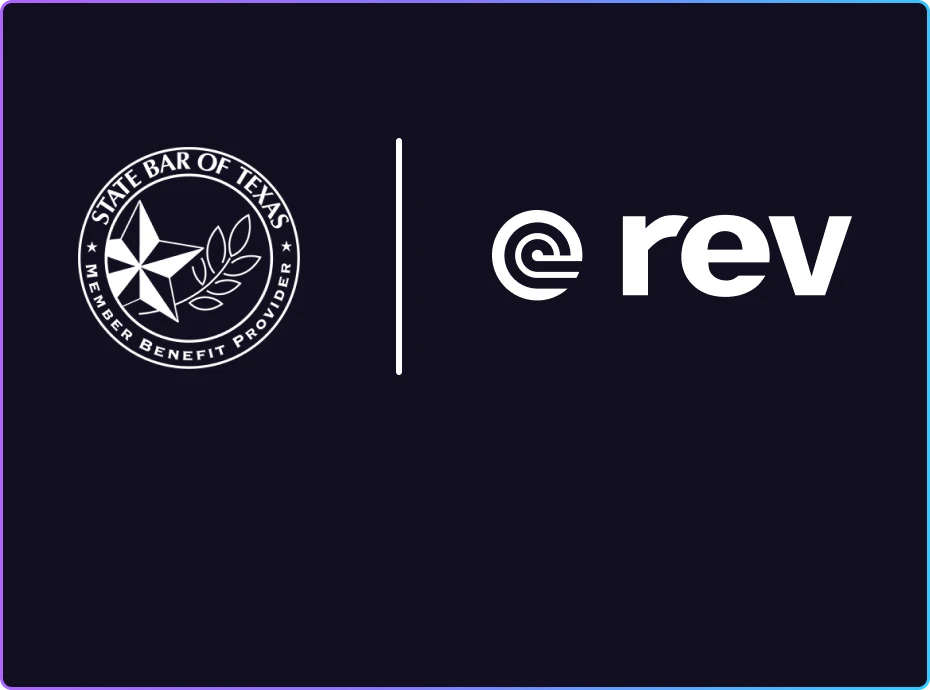The Digital Solution to Court Reporting’s Workforce Crisis
Explore how digital court reporting solutions address the stenographer shortage and benefit the justice system, with key findings from the AAERT report.

When you think of the justice system and the people who make it work, who comes to mind first? You may say attorneys, paralegals, judges, or juries. But just as essential to the administration of law are court reporters, who work tirelessly to create the written record of legal proceedings. Whether we realize it or not, court reporting is a key legal function, as well as an industry with far-reaching implications for the justice system.
That’s why the American Association of Electronic Reporters and Transcribers (AAERT) commissioned this Court Reporting Industry Trends Report. Researchers compiled the report after speaking with 27 legal stakeholders, surveying more than 550 court reporting end users (including attorneys, paralegals, court reporters, and administrators) and providers, and conducting their own secondary research.
The TL;DR? The report suggests a court reporting industry at a crossroads, with the health of the entire justice system hinging on which way it goes next.
The industry report offers new insight into court reporting’s workforce crisis, as well as the digital solutions that may well shape the future of the field. So we’re going to outline the report’s most important findings, leveraging its insights to illustrate what the court reporting industry is up against—and how it can evolve.
A crisis of court reporting
Court reporting has a resourcing problem that is being fed by a negative feedback loop. Year after year, the profession has lost more stenographic court reporters than it has gained, and the effects of that workforce erosion are being felt on a national level, resonating both within and outside the bounds of the industry.
Without a robust court reporting workforce and the records they create, the legal system itself becomes plagued with inefficiency, and access to justice is diminished. That’s why, as the AAERT’s president has said, “The demand for court reporting is just astronomical.”
The industry report brings this workforce crisis—and its implications for the justice system at large—into sharper focus. Here’s what the numbers tell us:
- Over the past decade, the total number of stenographic court reporters working in the US has declined by 21%, with only 23,000 remaining.
- Conditions continue to trend in the wrong direction: 62% of court reporters are 55+ years old, stenography school enrollment has dropped a whopping 74%, and about 42% of stenography programs have closed completely.
- As court reporters continue to retire and fewer new recruits enter the profession, there are projected to be just 18,700 left by 2029, a further 19% decline.
- This attrition is disrupting legal systems nationwide: 63% of the industry report’s respondents said the court reporter shortage is causing logistical problems.
- 76% of legal pros surveyed said they faced scheduling difficulties, while 55% said increased costs were making court reporting services less accessible.
It all adds up to a legal system that is being sapped of its efficiency, timeliness, and accessibility, raising undue barriers to justice for the average American.
Key findings
The industry’s problem is well-defined: Stenographic court reporters are increasingly difficult to find and costly to hire, and the courts they serve are suffering as a result. So what does the report offer as ways to solve that problem?
It shows us that digital court reporting is increasingly critical not only to the health of the legal system but also to the pursuit of justice in America. What’s more, it shows us that the courts are slowly but surely evolving to suit the needs of a new age, with a growing acceptance and integration of digital solutions.
It’s no mystery why even the historically change-resistant legal system is increasingly embracing new technology, as we can see in this new report:
- Digital court reporters can provide accurate transcripts in just 10 days average turnaround time.
- 30% of the report’s respondents cited consistent on-time transcript delivery as the primary reason they turned to digital court reporters.
- Critically, that timeliness doesn’t come at the cost of accuracy, which 96% of respondents identified as court reporting’s most important KPI.
- When asked to identify the top 3 benefits of stenographic and digital court reporting, “Very accurate transcript” ranked #1 for both methods.
Digital court reporting can provide the precision that’s integral to creating the legal record—and it can do so at a pace that helps break legal system logjams.
How AI can help
Let’s take the report’s findings a step further, beyond digital court reporting and into the world of AI court reporting. While technology continues to offer court reporters avenues for improved speed and efficiency, advanced digital tools powered by AI can accelerate that progress, alleviating burdensome legal backlogs in a hurry. And to be clear, AI’s value is not in replacing court reporters, but in making their lifts lighter.
Solutions like Rev are already changing the game for court reporting agencies, providing a wide variety of benefits through automated legal transcription. AI courtroom tools are faster and more cost-effective than conventional digital options. With the necessary ethical and data security considerations in place—as well as the necessary human oversight to ensure maximum accuracy—these tools can transform the justice system as a whole.
If digital court reporting can help ease the critical strain currently slowing courts to a crawl, then imagine how the legal system could improve through AI court reporting.
The road ahead
If you’ve heard it once, you’ve heard it a million times: Every challenge is an opportunity. And that’s absolutely true of the court reporting industry’s current crossroads. Through the lens of digital—and especially AI—solutions, the future of the field and the legal system it serves suddenly starts to look quite a bit brighter.















